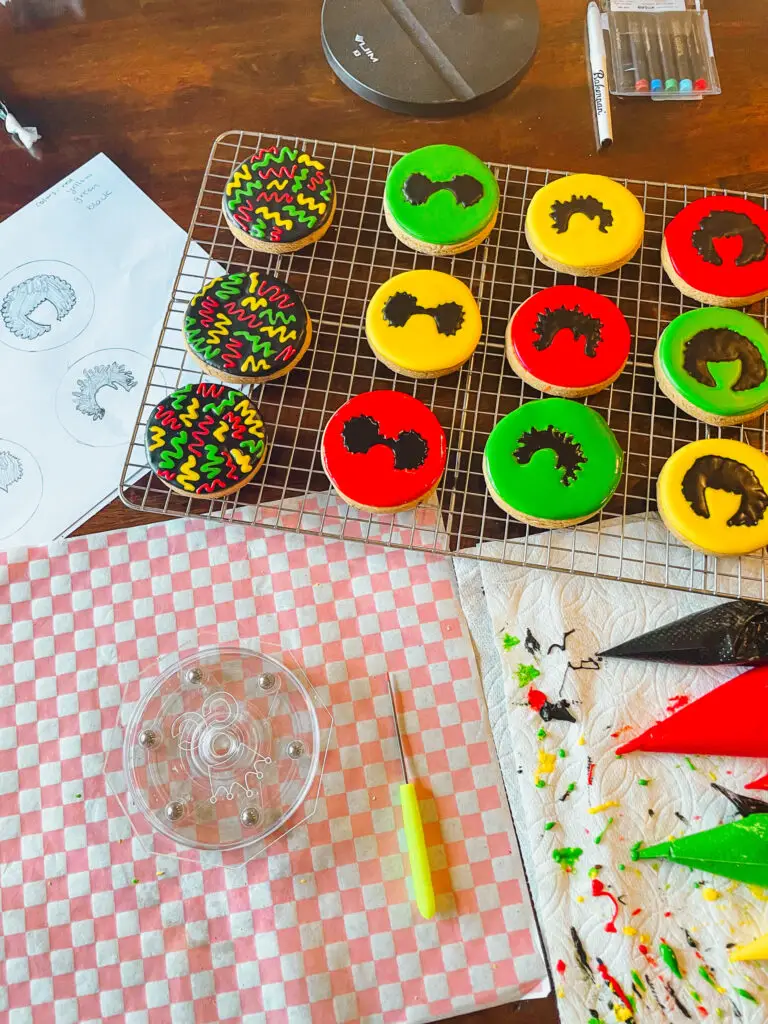While I grew up celebrating Black History Month in school and understanding the importance of Black History Month, I didn’t know about the history behind it’s creation.
The creation of Black History month goes back 1915 when Carter G. Woodson (who I definitely recommend learning more about) and Jesse E. Moorland founded what is now known as the Association for the Study of African American Life and History (ASAL)), an organization dedicated to researching and promoting achievements by Black Americans and other peoples of African descent.
He did this because he was barred from attending the American Historical Association conferences even though he was a dues-paying member, Woodson believed that the white-dominated historical profession had little interest in Black history. He saw African-American contributions “overlooked, ignored, and even suppressed by the writers of history textbooks and the teachers who use them.”
In 1926, the group sponsored a Black history week, choosing the second week of February because it coincided with the birthdays of Abraham Lincoln and Federick Douglass.
In the decades following, cities across the US began recognizing the week and by the late 1960s college campuses expanded the week to Black History Month.
In 1976, President Gerald Ford officially recognized Black History Month. Beginning in 1976, every Black History Month has endorsed an specific theme – 2025’s theme is African Americans and Labor.
Not only did this set give me ample opportunity to learn more about Black History month, since this set focuses primarily on Black hairstyles, it was another avenue to learn more about.
In the moments of your cookies drying and giving your hands a break from decorating, I hope you take some time to learn and appreciate all of the numerous accomplishments Black Americans have had in the United States!
Supplies
- Brown Sugar Cookie Base
- Royal Icing
- Red gel food coloring
- Blue gel food coloring
- Yellow gel food coloring
- Black gel food coloring
- Toothpick or scribe
- Edible marker/pen
- Tissue paper or coffee filters
- 8 (or more) tipless piping bags (and scissors to cut them)
- Paper towel
Black History Cookie Designs
This set makes 4 main cookie designs, with numerous variations depending on the colors you use.

This set allows you the opportunity to try a new technique – tracing a design and drawing it onto the cookie to then pipe over! You also could do icing transfers for the hair designs instead of the tracing technique, I was just concerned some of the hair styles wouldn’t be easy to transfer.
Key Takeaways
I don’t make practice sets before I put together a design, so there’s always something I’ll learn and would want to change in the future, here’s those things:
- Having a few more variations of edible pens. I have only done the trancing technique on tried royal icing, not a naked cookie, so it didn’t work as well as I thought it would.
- Trace onto a dried cookie base. Referring to the first bullet point, I would encourage you to do the image tracing onto a dried royal icing base. The biggest issue with this is I don’t consider needing a cookie to fully dry a “beginner” cookie (because I never have the patience to return to a cookie set the next day)!
- When it comes to the details – go slow. I’ll almost always need to learn this lesson. But the details of the hairstyles got a little lost when I added the color, so I wish I flooded the sections of icing with color a little slower and with more care.

